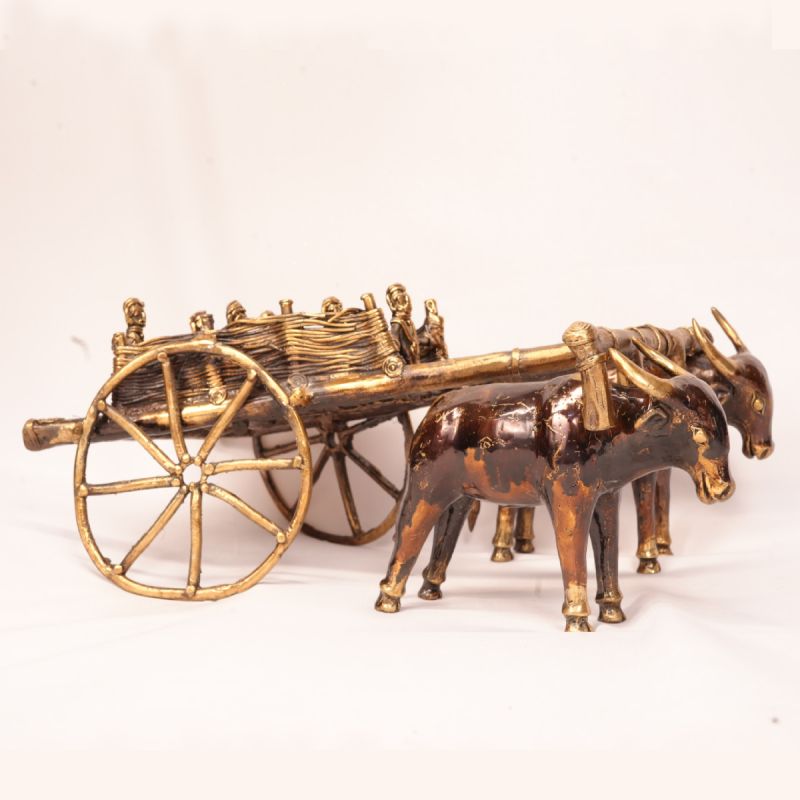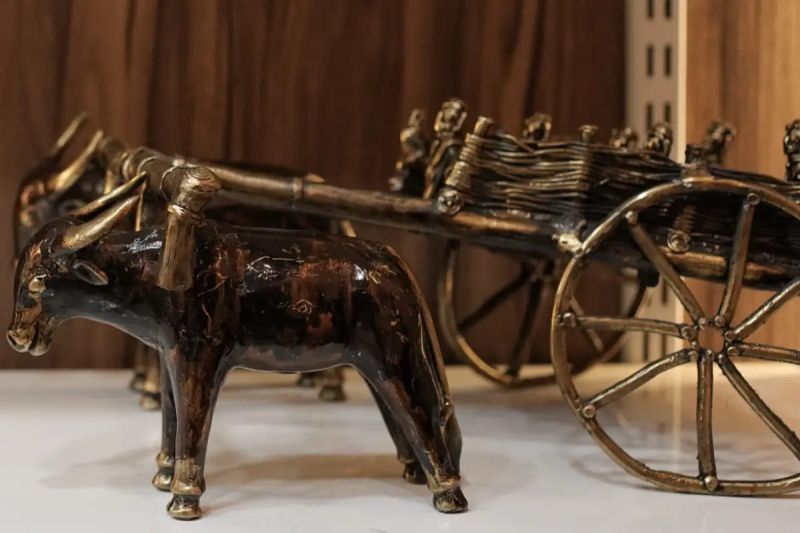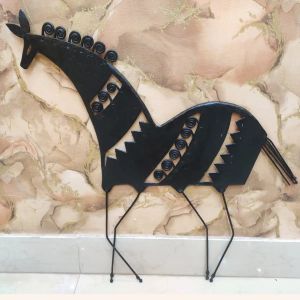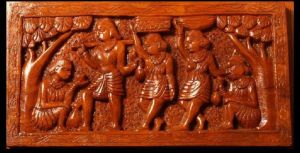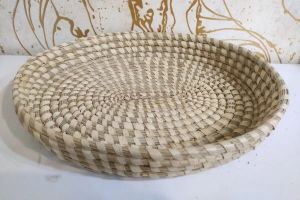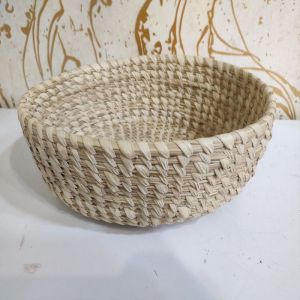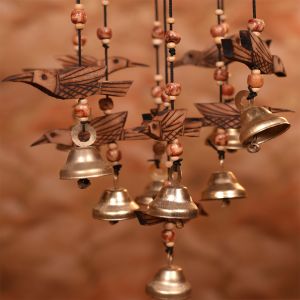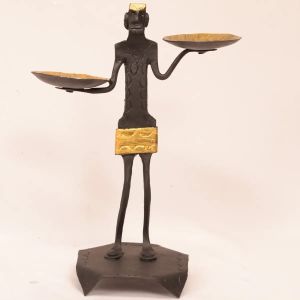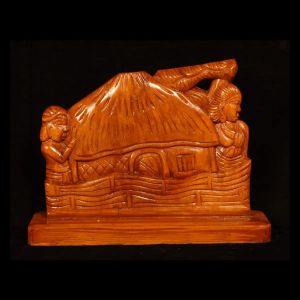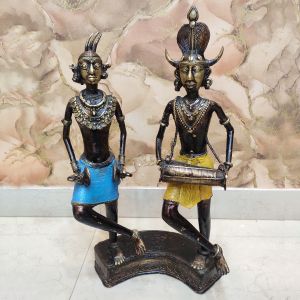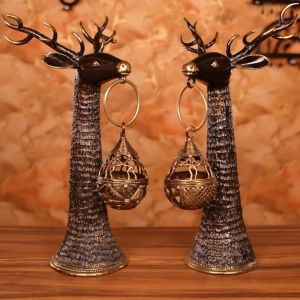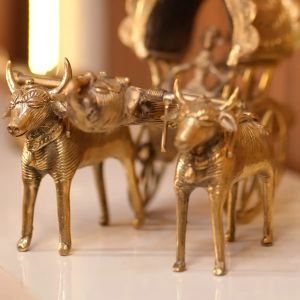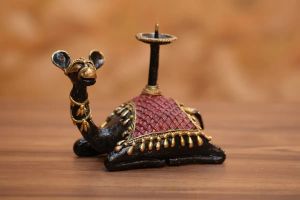Bhilai, Durg, Chhattisgarh
- GST NO. : 22AAFCL6000K1ZV
50 Piece (MOQ)
| Business Type | Exporter, Supplier |
| Material | Bell Metal |
| Application | Home Decor, Gifting |
| Style | Dhokra Art |
| Click to view more | |
Preferred Buyer From
| Location | Worldwide |
Product Details
“In the modern age of technology, this handcrafted dhokra ox cart can completely make you feel nostalgic and take you back to nature. It enhances the beauty of place where ever it is placed; be it your meditation space , office or home.
The overall design can range from simple and elegant to elaborate and decorative, depending on the artist’s vision.Dhokra is an ancient art form dating back over 4,000 years, practiced in parts of India. It uses the lost-wax casting technique, where intricate designs are made in wax, encased in clay, and then fired. The molten metal replaces the burnt wax, creating a metal replica of the original design.
Dhokra pieces are known for their rustic charm, intricate patterns, and rich cultural heritage.”
Description
The bullock cart, also known as an ox cart, has a long and significant history in ancient India, dating back thousands of years. Here’s a breakdown of its importance:
Early Evidence:
Indus Valley Civilization (3300-1300 BCE): Some of the earliest evidence of bullock carts comes from the Indus Valley Civilization. Terracotta models and cart track impressions found at archaeological sites like Mohenjo-daro and Harappa suggest their use in transportation and trade.
Transportation: Bullock carts were the primary mode of land transport for people and goods throughout ancient India. They were used for short and long journeys, carrying everything from agricultural products to building materials.
Agriculture: Bullock carts were essential for agricultural activities. Farmers used them to transport seeds, manure, and harvested crops. They were also used for plowing fields in some regions.
Social Significance: Bullock carts weren’t just utilitarian vehicles; they also held social significance. Owning a bullock cart was a sign of wealth and status in rural communities. They were sometimes used in wedding processions and other social events.
The bullock cart was a vital part of ancient Indian society, shaping transportation, agriculture, trade, and even social structures. Its enduring presence, even in the modern era, is a testament to its ingenuity and lasting significance.
Looking for "Bell Metal Bullock Cart Figurine" ?
Explore More Products


